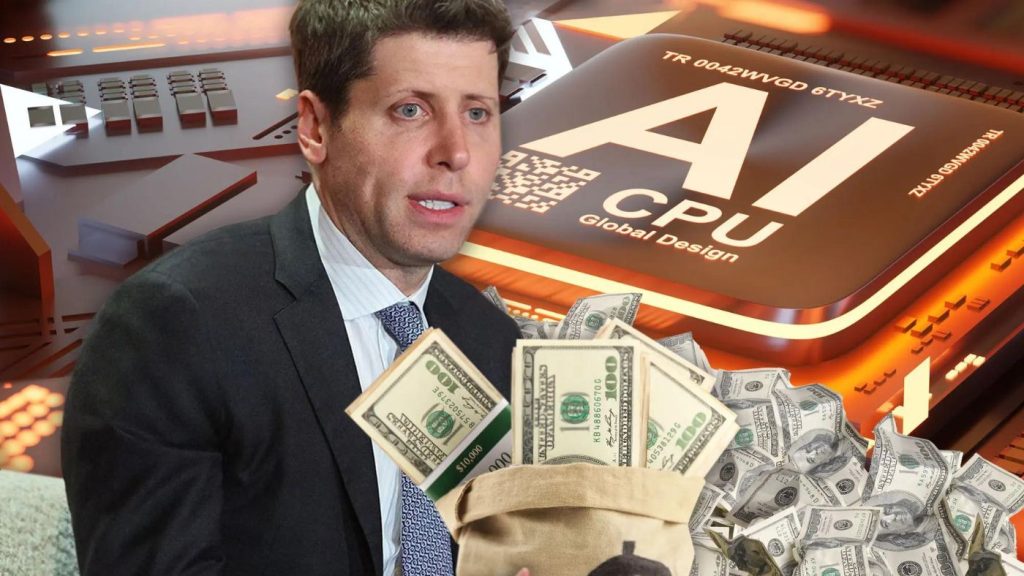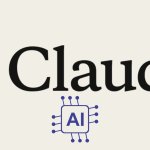In the rapidly evolving realm of artificial intelligence (AI), Sam Altman, the CEO of OpenAI, has recently laid out an ambitious plan to revolutionize the global semiconductor industry. The crux of Altman’s vision is a monumental $7 trillion investment, a figure that has ignited discussions, skepticism, and curiosity within the tech community.
Let’s embark on a detailed exploration of Altman’s groundbreaking proposal, unraveling the intricacies of the potential applications of this colossal investment and critically assessing the feasibility and implications of such a transformative endeavor.

Sam Altman’s Grand Ambitions
At the core of Altman’s vision lies a compelling mission to reshape chip-making capacity, propelling the next wave of artificial intelligence platforms. The sheer scale of Altman’s proposed investment, $7 trillion, is a testament to the audacity of his vision and the magnitude of the challenges he aims to address within the AI sector.
The Significance of the $7 Trillion Investment
To comprehend the significance of Altman’s proposed $7 trillion investment, it’s imperative to delve into the potential avenues where this astronomical sum could be allocated. One plausible direction is the expansion of data centers, pivotal hubs that house the graphics processing units (GPUs) essential for training AI models like ChatGPT and Sora. These models, as Altman envisions, demand an unprecedented amount of computing power, often underestimated by the broader audience.
If Altman’s goal is to create larger models for OpenAI, directing trillions towards data centers could be a strategic move. The U.S. data center construction market, valued at $24.63 billion in 2024, provides a benchmark for the scale of this investment. Allocating $1 trillion to AI chips could potentially enable the acquisition of 40 times as many data centers as currently exist.
However, this approach is not without its formidable challenges. Data centers are voracious consumers of electricity, already accounting for more than 1% of the U.S. electricity supply. Consequently, Altman would need to invest not only in the construction of data centers but also in electricity generation facilities and upgrades to the electric grid.
This aligns with ongoing efforts, such as the federal Inflation Reduction Act and the Infrastructure and Investment Act, aimed at incentivizing clean energy production and grid modernization in the U.S.
Alternative Scenarios: Chip Factories and Global Expansion
Another conceivable application of the $7 trillion investment is the amplification of global chip-making capacity. Presently, only a handful of leading-edge fabs, or manufacturing plants producing chip parts, are under construction globally. Altman’s monumental investment could potentially fund the establishment of over 200 leading-edge semiconductor fabs, each carrying an estimated cost of $30 billion.
However, this scenario brings its own set of challenges. Erecting hundreds of chip factories necessitates significant infrastructure development, including steel mills, concrete plants, and the acquisition of construction equipment. Additionally, addressing the shortage of skilled workers poses a formidable challenge, with existing chip companies expressing concerns about the availability of a qualified workforce.
Skepticism and Realistic Expectations
Despite the grandeur of Altman’s vision, industry analysts express skepticism about the feasibility of a $7 trillion investment. Pedro Domingos, a Professor Emeritus of computer science and engineering, characterizes the amount as “indecent” and suggests that Altman might settle for a more realistic figure, perhaps around $700 billion.
This skepticism is grounded in historical spending patterns within the entire chip industry, which has not come close to the proposed $7 trillion mark.
However, proponents argue that the colossal investment might be justified if AI is to surpass human intelligence comprehensively. Altman’s vision aligns with the ongoing global race for AI dominance, with major governments actively seeking to secure or maintain a share of the chip industry.
The Global AI Chip Race and Geopolitical Dynamics
Altman’s proposal surfaces at a critical juncture when major governments, including the United States, China, Japan, and several European countries, are strategically positioning themselves in the global AI chip race. Geopolitical tensions have become integral to chip production strategies, with countries competing for control over this critical technological component.
China, in particular, has committed substantial investments in AI chips, allocating $250 billion over the next decade to build a manufacturing supply chain and catch up with global leaders like Taiwan. The ongoing race raises questions about the role of AI in national security and economic competitiveness.
The Leading Player: NVIDIA
In the current AI landscape, NVIDIA emerges as the market leader in AI chip design. Boasting a valuation of $1.8 trillion, NVIDIA has secured its position as the third-largest company on the U.S. stock market. However, concerns are surfacing about the sustainability of the current stock market growth, marked by a rapid rise in NVIDIA’s value by $296.5 billion in January alone.
Experts caution about the potential formation of a market bubble, drawing parallels to the dotcom bust in the early days of the Internet. Pedro Domingos likens the current investor craze for AI to a “balloon that is inflating very rapidly,” anticipating a period of market correction. However, he emphasizes the long-term potential of AI, comparing it to the transformative impact of the Internet.
Conclusion: Anticipating the Unfolding Narrative
As Sam Altman’s vision unfolds, the tech world watches with a mix of anticipation and skepticism. The $7 trillion AI chip project, if realized, could indeed reshape the global semiconductor industry and redefine the capabilities of artificial intelligence.
Yet, the intricacies of such an ambitious endeavor, from addressing infrastructure challenges to navigating geopolitical dynamics, warrant careful consideration.
Whether Altman’s proposal is a realistic game-changer or an ambitious venture facing substantial hurdles remains to be seen. The unfolding narrative of AI’s evolution, intertwined with geopolitical tensions, market dynamics, and technological advancements, holds the potential to shape the future of the tech industry in profound ways.
Sam Altman’s AI chips project stands at the intersection of innovation and skepticism, inviting us to witness the unfolding chapters of a transformative journey.






